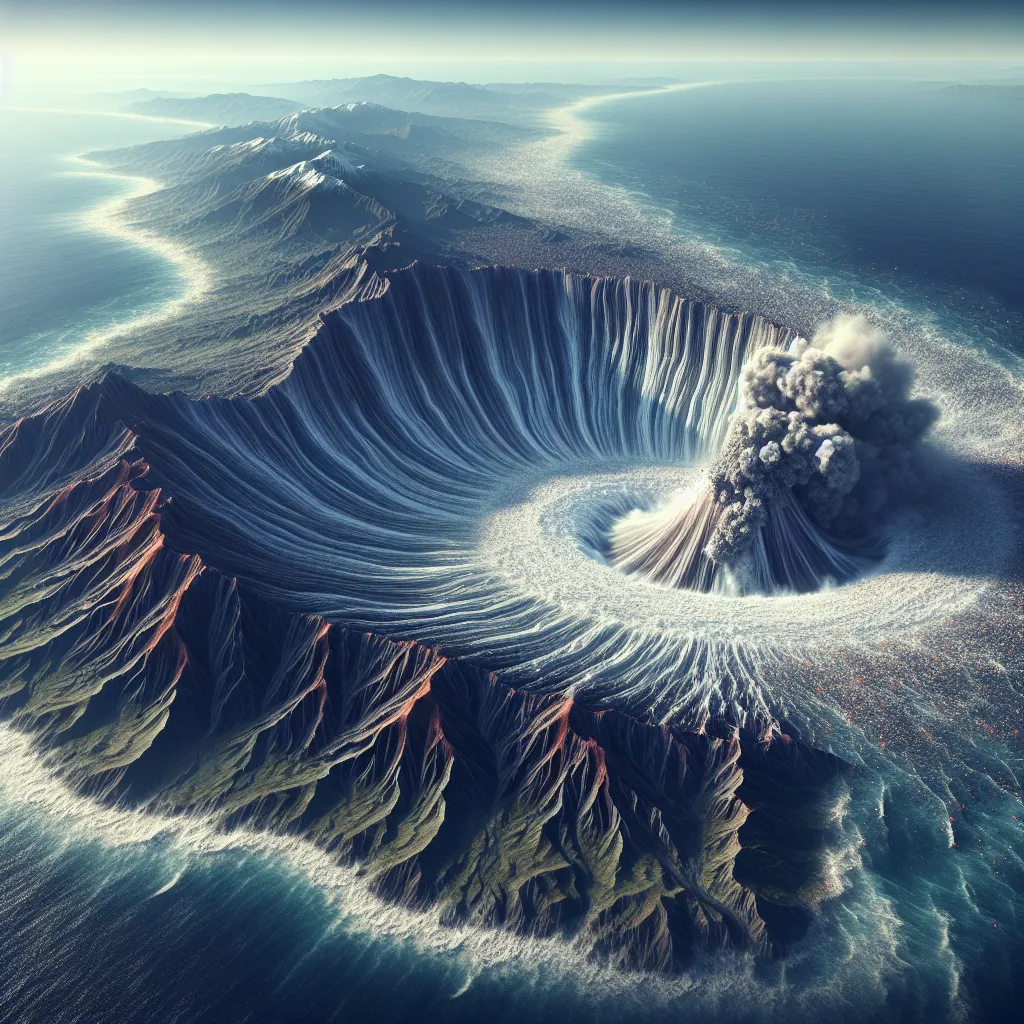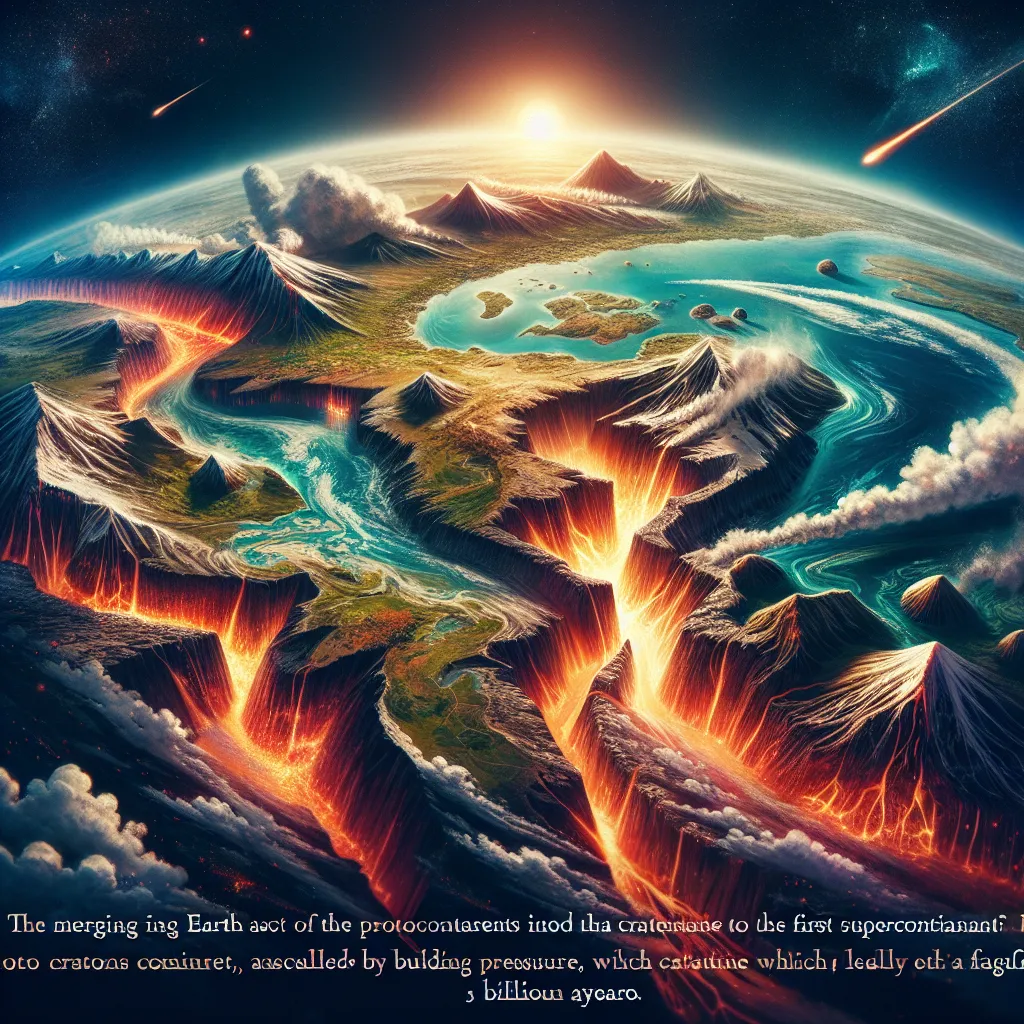The volcanic island of La Palma, sitting 700 miles off Africa’s northwest coast, is a ticking geological time bomb that could spell disaster for millions across Europe and America’s Eastern Seaboard. Though the island is relatively young, at just over 4 million years old, it’s already a focal point for scientists concerned about its potential for catastrophic destruction.
La Palma’s unique geological history sets it apart. It’s not like the gentle lava flows of Hawaii; here, explosive eruptions have created steep cones and thick ash layers over time. In the past 60 years, eruptions have destabilized the island, creating a fault line that cuts through its central spine, 6,000 feet above the Atlantic. One side of this fault has already dropped 13 feet, and it’s just a matter of time before it slides further.
Bill Maguire, a prominent geologist, notes that future volcanic eruptions could build enough gas pressure to split La Palma along this fault line. The fracture could extend for about 9 miles, unleashing 500 billion tons of rock into the ocean. When this happens, the consequences will be dire.
Imagine standing at the precipice as this enormous mass of rock breaks away and plummets towards the sea at speeds over 220 mph. As the rock enters the ocean, it would displace a colossal amount of water, potentially creating a wave half a mile high. While the rock shatters and sinks, this displaced water would form a towering wave that would be the last thing anyone in its path could ever see—a truly horrifying spectacle.
Most terrifying of all is the tsunami that will be unleashed. This wouldn’t be just any tsunami; it would be a “mega-tsunami,” with waves predicted to be as devastating as those that struck the Indian Ocean. The immense energy released would send tsunami waves racing across the Atlantic, reaching as far as the Eastern Seaboard of the United States, even if they lose some of their power along the way.
Think of it like a pool table—where the balls transfer energy from one to another—the tsunami waves transmit energy from water particle to water particle across the ocean. As the energy hits the coast, it would pile up into towering waves, potentially over 100 feet high. The devastation would be indescribable, with cities along the coast facing unimaginable destruction and potentially millions of casualties.
We have no way of predicting exactly when this cataclysm will occur. It could be in the next 20 years, or it might not happen for another 200. But one thing is for certain: when La Palma’s fault line finally gives and the rock enters the ocean, the impact will be felt across entire continents.






